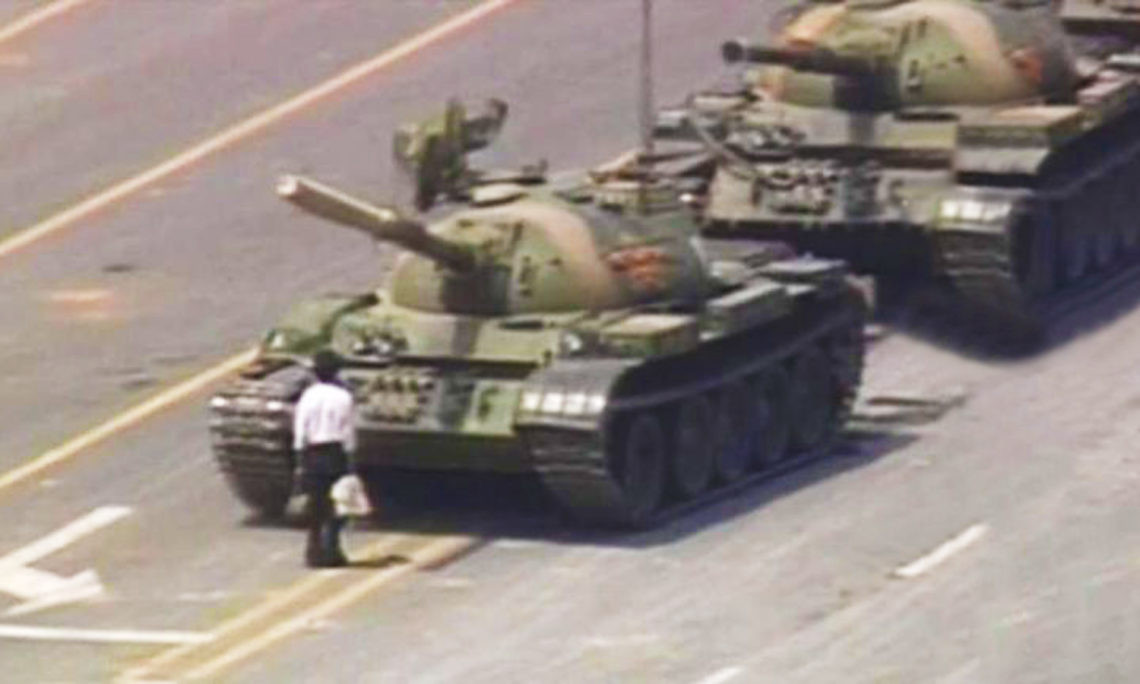Security / Insecurity in South Asia, and American Interests
By Geoffrey Cook, TMO
Richmond (Va.)–Last week we discussed the current crisis in the Indo-Pakistani space. This week we shall move on to reflect upon a more theoretical approach to the long-running dilemma we considered eight days ago that the most recent manifestation is only the latest in a series of events that stretches back to 1947, and the Partition of British India into the autonomously independent States of India and Pakistan.
Vadana Asthana with Majid Sharif’s presentation made here at Virginia Commonwealth University of the chapter that they wrote for a projected book with various authors about several Southern Asian Security complications, sheds much light on the ever-looming recent Mumbai crisis of the preceding fortnight.
There are several constant issues in the construction of political thought. After the expiration of the U.S.S.R., the termination of the heir of the Nineteenth Century Russian Empire, new imperial imperatives sought to preserve or destroy Subcontinental prerogatives. (This includes the considerable Islamic populations of the region.) “The Regime of [contemporary] Empire†has generated ever new “actors.†The U.S. is a performer in this scenario, also, although still not the dominant one.
There has been a revision of the Eastern “Other†(that includes Muslims) from the Colonial “Oriental†to the tribal. Curiously–despite the fact that their modern borders were defined by earlier International Empires–the modern demographics of developing societies are at disparate levels of cultural sophistication and organization; a Muslim example is the difference between the tribal societies in the Af-Pak region verses Andhra Pradesh’s high-tech environment (which, also, comprises the Muslim-founded [Indian city of] Hyderabad]) which is still 40% Islamic.
This historical verity of the contemporary Americo-European perspective mentioned previously frequently has divided peoples from each other, creating sub-nationalities; and thus, they often create liberation movements. Of course, the most critical in South of Asia is the flashpoint of Kashmir that could create another nuclear confrontation between the two nation-States of India and Pakistan pulling in diverse international participants; i.e. a possible World War. For the Occident, many newborn nations’ citizens have become the “indigenous natives.â€
Majid describes the new Imperial as (an economically) “Liberal†Global Metropoles (an Empire’s Center). Majid and Asthana’s paper reflects upon liberalization in the Arab west as well as the Islamic east (South Asia): To the Europeanized West “their regimes require enemies – consequently, Al’Quaeda and the Taliban.†Therefore, for the Northern Americas, this process is “not in the National Interest [of the United States].†Sharif considers it to be a problem of “over kill,†for N.A.T.O. (the North Atlantic Treaty Organization-) allied countries of which, further, encompasses the United States and Canada.
The categorization that the States employ was developed by the British (over the previous past three centuries) in the geographical zones we are scrutinizing. The U.S.A. utilizes them to exploit the “Other†(especially in the Third or developing World which includes most Muslim Islamic homelands).
In a satiric sense, the “Liberal Imperialistic†is benign, for it, historically (merely) retains the patterns of past ascendancies. Your author here would conclude that the complex and problematic disputes within the extent of the expanse of the Subcontinental zone are intricately involved in imperialistic politics from outside their neighborhood. These competing imperialistic politics are fighting over those post-Colonial spaces.
13-31












2011
738 views
views
0
comments